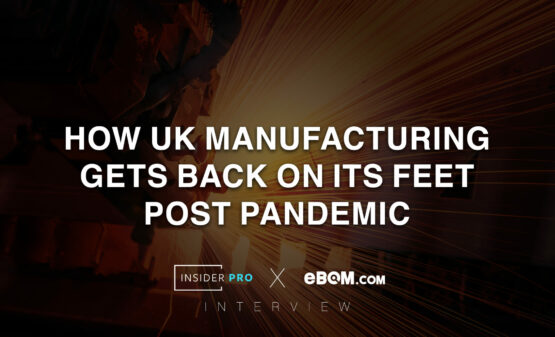What do you believe is the next step for UK manufactures to get back on their feet again after the pandemic?
In any recovery, companies need to start thinking like growth companies as they come off the back off a ‘low volumes’ year. The biggest obstacle for growth of any sort is cash, so it makes sense prioritise cash generation over profit.
Making cash visible: Report it weekly and ensure the exec/leadership team understand how their functions and the company’s processes impact it. It’s surprising the extent to which cash is a blind spot for non-finance leaders so just this step on its own can be transformational.
At the operating level it is probable that some of the ‘go to’ levers (price increases, debtor days, creditor days) are constrained as customers and suppliers are under pressure too so we need to look a bit deeper and ask tougher more structural questions i.e.
COGS Reduction: How do we get better terms from our suppliers? Is it simply negotiating a better deal, or can the supply chain be re-structured to be inherently more efficient?
Increased Availability: Competitors are likely to be in a similar position so there is an opportunity to steal share through better availability. We’ve seen ‘stock outs’ in all industries already so even if this comes at lower margins, then it can throw off incremental cash and potential capture new customers which can be retained longer term.
Inventory Reduction: Low inventory comes from short, reliable supply chains and great forecasting of demand. This is where the focus needs to be.
How can you move supply physically closer? We are seeing a narrowing of the price gap between Far East and European options, with the later inherently tying up less working capital.
Many organisations lack a high-quality forecasting process and chose to buffer this with inventory. This creates a drag on cash which can be reduced by more effective processes. Meaningful change in this space can be achieved in as little as 4 weeks.
Expense Run Rate Reduction: Most companies are leaving cash on the table every month in the expense line. It’s often a combination of failure to control demand and paying too much. With the pandemic, things have changed at a fundamental level, so the opportunity is considerable e.g. occupancy costs with less people on site, infrastructure given lower volumes or more efficient process.
How can UK manufactures overcome oversea competitors who offer an overall lower cost?
Businesses need to decide what they are going to compete on. There will always be lower cost alternatives. It is impossible to compete purely on price with an overseas company where input costs are 70% lower so we must play to our strengths. I’d strongly recommend the following for most businesses.
Focus on improving cash by working through the options set out above. If you need to then this can be used to support price where it is a key factor in winning business. It may surprise you how narrow the gap between UK manufacturers and overseas is when everything is considered.
Work out what you do/can do that is better for the customer than the overseas option. The answers are usually hiding in plain sight. For example, your customer will need to tie up more working capital and accept a less agile supply chain if they are buying from a company thousands of miles away. A pretty unattractive option when they are trying to recover themselves.
Do you believe the pandemic has altered customers preference to where they source manufacturers from?
Yes. The rapid increase in shipping costs at the back end of 2020 and patchy availability of many products has forced people to reconsider how much risk there is in their supply chains. There is little point getting a low price from a supplier who can’t deliver reliably as you miss out sales and risk developing a reputation for poor services with your own customers. Customers are increasingly happy to give away a few basis points on margin for certainty, after all, it has been a stressful 12 months for everyone so supply options which look low risk are in high demand.
Questions answered by Jeremy Bowley, Managing Director at Insider Pro










